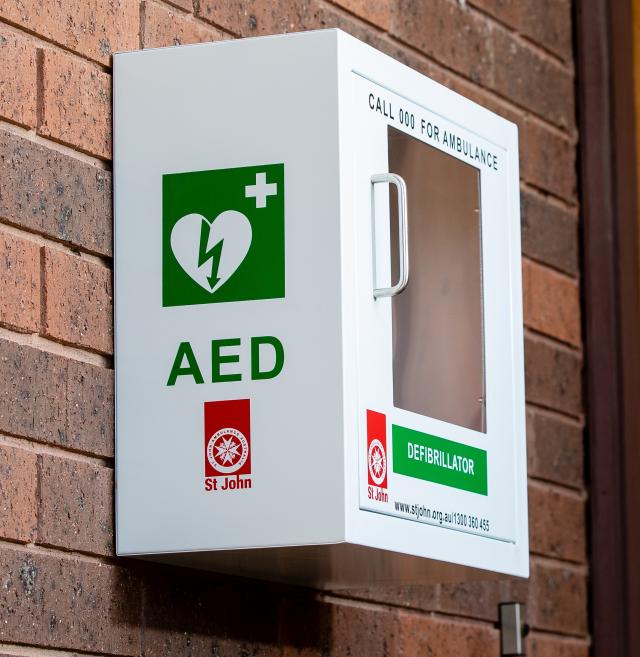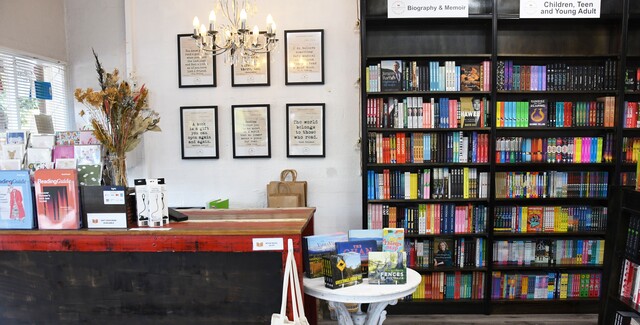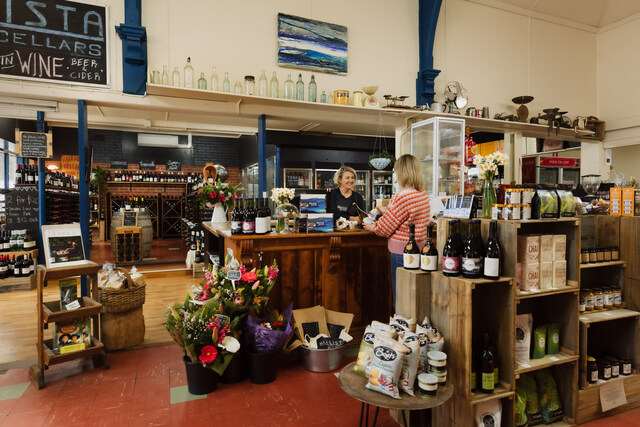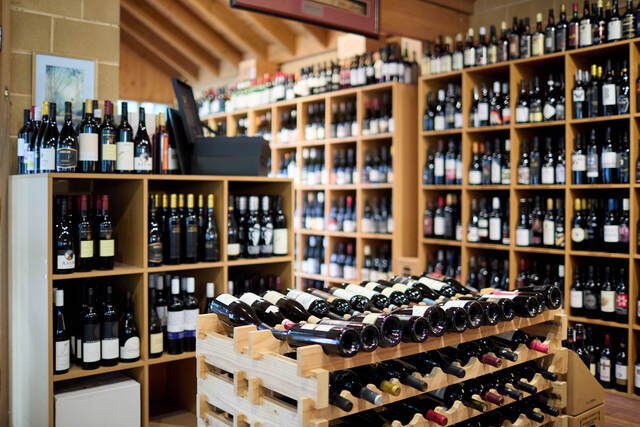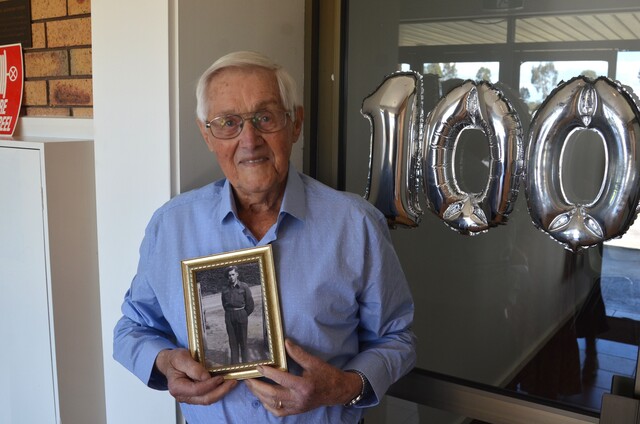Access to defibrillators can be the difference between life and death, and one hills local is helping ensure the Monbulk community is prepared in case someone experiences a sudden cardiac arrest.
Craig Vandenberg has spearheaded the installation of defibrillators around the town, which are located at the Monbulk RSL sub-branch, the local football, bowls and cricket clubs and the Monbulk Police Station.
“About four years ago, we had an incident at the RSL where someone went down. She wasn’t in cardiac arrest, but that highlighted the fact that we have an ageing demographic at the RSL, being mostly veterans,” Mr Vandenberg said.
At a general meeting, RSL members agreed one was required – but at $2,000 – the purchase was “quite expensive”.
“I approached the Bendigo Bank through their community funding programs, and they paid for a defibrillator for the RSL without hesitation,” Mr Vandenberg said.
“With around ten defibrillators in the town, the Monbulk RSL with Ranges Training Solutions also hosts CPR training and refresher courses at the club as sudden cardiac arrests kills 55 Australians every day and less than eight percent survive.”
Mr Vandenberg purchased his own personal miniature defibrillator – or CellAED – in June 2022 after his own father-in-law experienced a heart attack.
The device now sits in the glovebox of his car.
“I wasn’t there at the time, but family called an ambulance and my brother-in-law raced up to the fish and chip shop where he knew they had a defibrillator,” he said.
“It had flat batteries, and we were lucky enough that the ambulance was close by, returning to the state depot.
“They called straight in and were able to take great care of him.”
The CellAED- no larger than a block of chocolate – snaps in half with its user able to attach two pads to the upper and lower part of the patient’s chest, with the machine providing instructions for use.
“I did a little bit of research and found them online, and they were very affordable,” Mr Vandenberg said.
“I thought ‘’well, for someone who finds themselves in the wrong place at the right time very often, for $360, it’s a no brainer.’
“Once you use it, it’s disposed of. But one thing I’ve always said, ‘if I’ve got to save someone’s life to use it, I can guarantee they will buy me a new one’.”
According to the latest data from the Australian Red Cross, less than five percent of Australians know CPR and on a global scale it is one of the lowest rates in the world.
“Using a defibrillator within the first minute of sudden cardiac arrest can potentially bring the chance of survival rate up to 90 per cent,” Rapid Response Revival Research Ltd spokesman Luke Starr said.
“Of the thousands of Australians who purchased a CellAED defibrillator for their home, nine in ten did so because they or someone they know has a higher risk for cardiac arrest.
“We know that most instances of Sudden Cardiac Arrest occur at home, that’s why we have developed an affordable, easy to use defibrillator that can be kept at home.”
A sudden cardiac arrest occurs when a person’s heart immediately stops pumping blood, leaving a patient gasping, clucking, or without breath at all.
“If I had a cardiac arrest right now, for every minute that I did not receive CPR and defibrillation, my chances of being revived decrease by 10 per cent, and so after 10 minutes, I have next to no chance being revived,” Mr Starr said.
“If you’re performing the CPR, which is your external pumping, it’s keeping the heart moving, and then you got a defibrillator on the chest that is actually trying to get the heart working under its own volition…then all of that is buying time for an ambulance to arrive and provide that expert help and give the paramedics the chance to save their life.”

